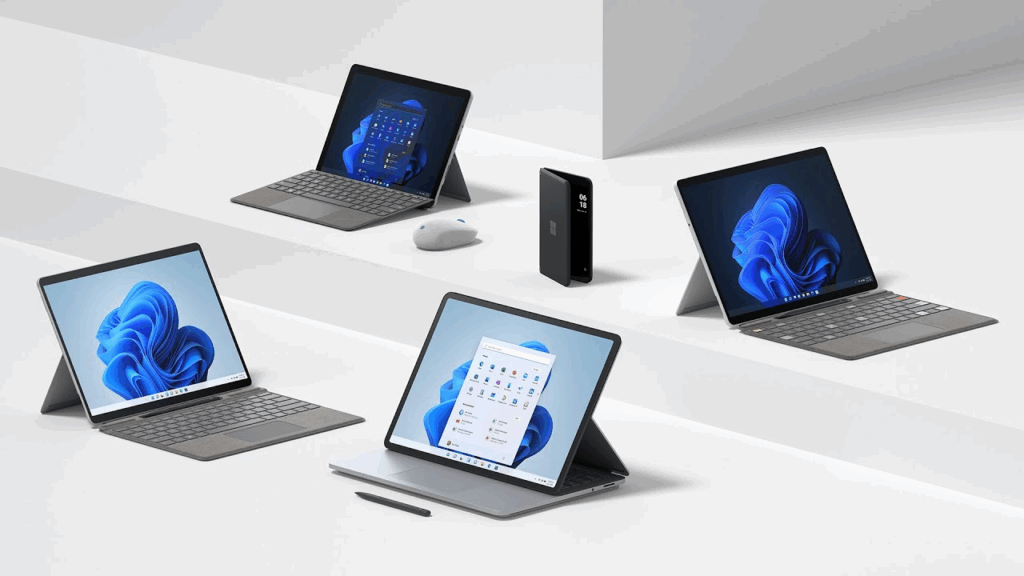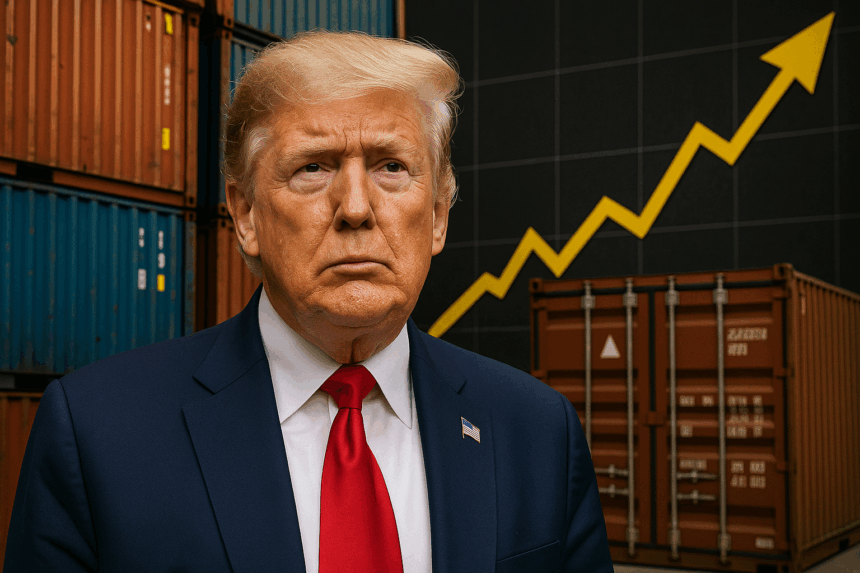The Trump administration’s ongoing tariff war ripples throughout various industries. Companies like Microsoft and Walmart are dealing with the financial impact of these tariffs by raising prices, affecting consumers in different sectors. From Microsoft’s Surface products to Walmart’s delivery fees, the price hikes are evident, and both companies are facing difficult decisions in balancing costs, inflation, and competition. As trade remains volatile, these decisions raise questions about the future of pricing and consumer costs.
What’s Happening & Why This Matters
Microsoft’s Price Increases
In recent months, Microsoft has raised prices for several Surface laptops and Xbox consoles. The prices of the Surface Pro and Surface Laptop have jumped by as much as $200, with some models like the Surface Laptop Studio 2 seeing price increases up to $380. Microsoft blames the market conditions and rising development costs for these increases. At the same time, the tech giant also upped the prices of the Xbox Series X and Xbox Series S, citing the same reasons. While the company remains tight-lipped about its pricing strategy, these hikes are likely related to the broader tariff environment and the rising production costs, especially with China being a major trade partner for many tech products.

Walmart’s Price Moves

Meanwhile, Walmart has increased its prices, particularly its grocery delivery services. The retailer recently reinstated a $6.99 fee for grocery orders under $35 for those receiving government assistance, including SNAP and WIC benefits. Although Walmart has denied that this fee hike is linked to Trump’s tariffs, they acknowledge the company’s broader financial challenges, including the uncertainties caused by the tariff environment. Walmart’s President, Doug McMillon, highlighted the ongoing tariff issues as a management challenge and emphasized the company’s efforts to keep prices low despite these challenges. However, the price increases could still increase, especially with the Consumer Technology Association warning of 20% to 30% price increases in various electronics if tariffs on China escalate.
What Is The Consumer Impact?
Price hikes decrease consumer confidence, particularly in the tech and retail sectors. Consumers face difficulties purchasing everyday goods and technology products as prices rise, making budget management more difficult. The situation worsens for smaller companies directly affected by tariffs as they struggle to absorb the cost increases. They are forced to pass them on to consumers. For example, companies like Adafruit have faced skyrocketing import costs, leading to product price hikes.
TF Summary: What’s Next
The combination of rising tariffs, higher development costs, and unpredictable market conditions creates a complex environment for businesses and consumers. Microsoft and Walmart are not alone in facing these challenges, and more companies will likely continue to adjust their prices due to these pressures. Consumers should be prepared for higher prices across various products and services shortly. As the trade war intensifies and inflationary pressures build, businesses must adapt quickly to ensure profitability without alienating their customer base.
While Microsoft and Walmart are pushing for more cost-efficient operations, smaller businesses may feel the brunt of these changes more acutely. Walmart’s approach to inventory management and Microsoft’s commitment to innovation may offer some relief, but consumers will need to navigate the reality of the tariff-induced price hikes carefully in the coming months.
— Text-to-Speech (TTS) provided by gspeech


